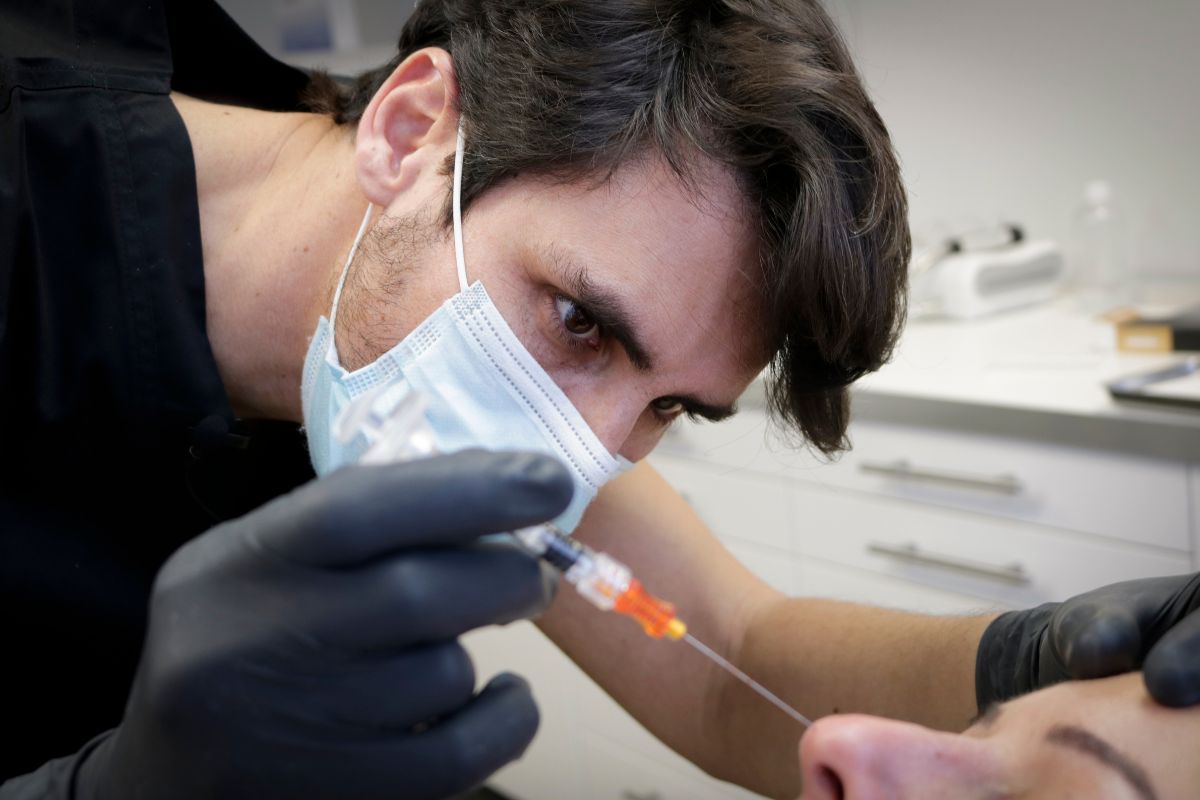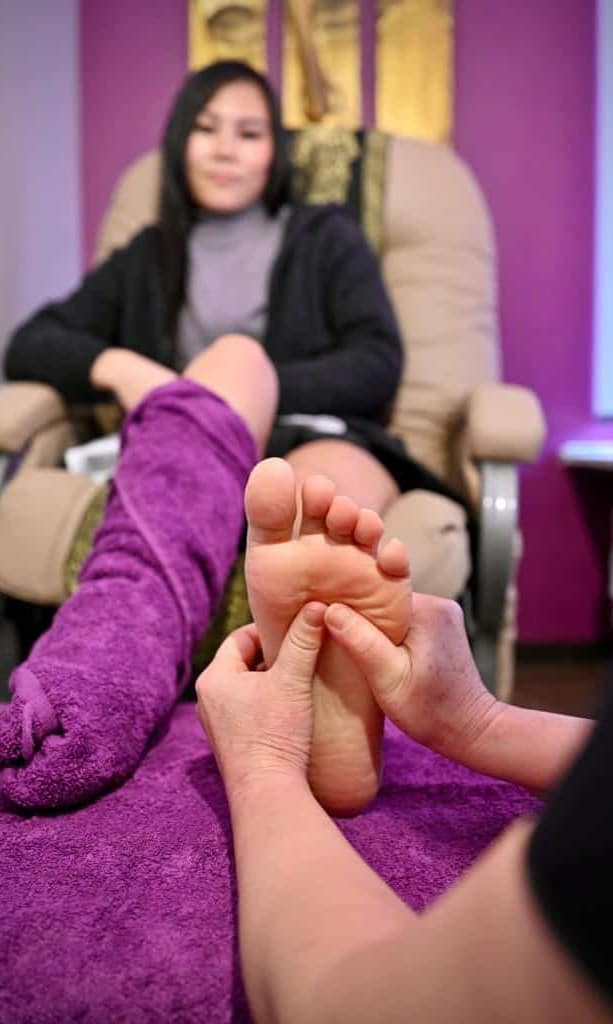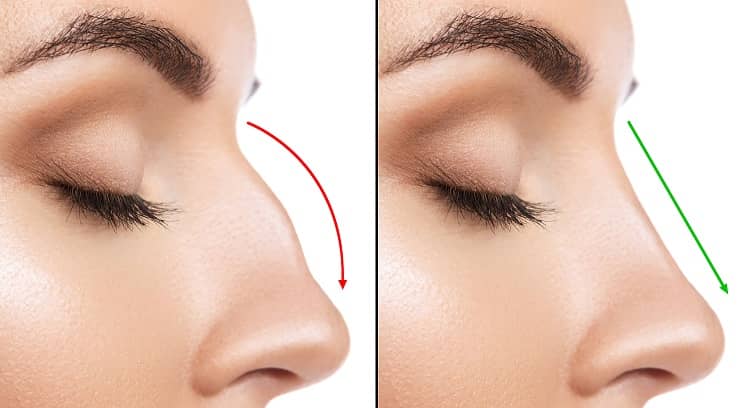Trichotillomania, commonly known as hair pulling disorder, is a mental health condition characterized by the compulsive urge to pull out one’s hair, resulting in noticeable hair loss and potential emotional distress. Seeking effective treatment is essential for managing this disorder and improving the individual’s well-being. In this article, we will discuss various treatment for hair pulling that can provide relief and support to those struggling with hair pulling.
-
Cognitive-Behavioral Therapy (CBT)
Cognitive-behavioral therapy is widely considered the most effective treatment for trichotillomania. CBT helps individuals identify and modify negative thought patterns and behaviors associated with hair pulling. Therapists work with individuals to develop coping strategies, enhance self-awareness, and challenge and change the habit of hair pulling. This therapy often includes techniques such as habit reversal training, stimulus control, and cognitive restructuring.
-
Habit Reversal Training (HRT)
Habit Reversal Training is a structured behavioral therapy specifically designed to address repetitive behaviors like hair pulling. It involves identifying the triggers and situations that lead to hair pulling and learning healthier coping mechanisms to replace the compulsive pulling behavior.
-
Acceptance and Commitment Therapy (ACT)
Acceptance and Commitment Therapy focuses on increasing psychological flexibility and promoting acceptance of uncomfortable thoughts and sensations related to hair pulling. ACT helps individuals identify their values and encourages them to engage in meaningful actions, even when experiencing discomfort or urges to pull their hair.
-
Mindfulness-Based Interventions
Mindfulness practices, including meditation and deep breathing exercises, can help individuals become more aware of their thoughts, emotions, and urges related to hair pulling. Mindfulness encourages being present in the moment, accepting discomfort, and developing healthier ways to cope with stress and anxiety, ultimately reducing the compulsion to pull hair.
-
Medication
In some cases, medication may be prescribed to manage the symptoms of trichotillomania. Selective serotonin reuptake inhibitors (SSRIs), such as fluoxetine and sertraline, have shown promise in reducing hair pulling behaviors. Other medications, like N-acetylcysteine, may also be considered in consultation with a healthcare professional.
-
Support Groups and Peer Support
Participating in support groups or engaging in peer support can provide immense emotional and practical benefits for individuals struggling with hair pulling. Connecting with others who share similar experiences can reduce feelings of isolation, offer a sense of understanding, and provide coping strategies and encouragement.
-
Psychoeducation
Understanding trichotillomania, its triggers, and the impact it has on physical and mental health is crucial for effective treatment. Psychoeducation equips individuals with knowledge about their condition, enabling them to make informed decisions and actively participate in their treatment plans.
-
Psychodynamic Therapy
Psychodynamic therapy explores underlying psychological factors that may contribute to hair pulling behaviors. It aims to uncover unconscious thoughts and feelings that may drive the compulsive pulling, providing insights into the root causes of the disorder.
Conclusion
Trichotillomania, or hair pulling disorder, can significantly affect an individual’s quality of life, causing distress and impacting their self-esteem. However, with appropriate treatment and support, recovery is possible. Utilizing a combination of cognitive-behavioral therapies, mindfulness practices, medication, and support from mental health professionals and peers, individuals can develop effective strategies to manage hair pulling and improve their overall well-being. Seeking professional help and maintaining a proactive approach to treatment are fundamental steps toward overcoming this challenging disorder. Remember, there is hope, and you don’t have to navigate this journey alone.







